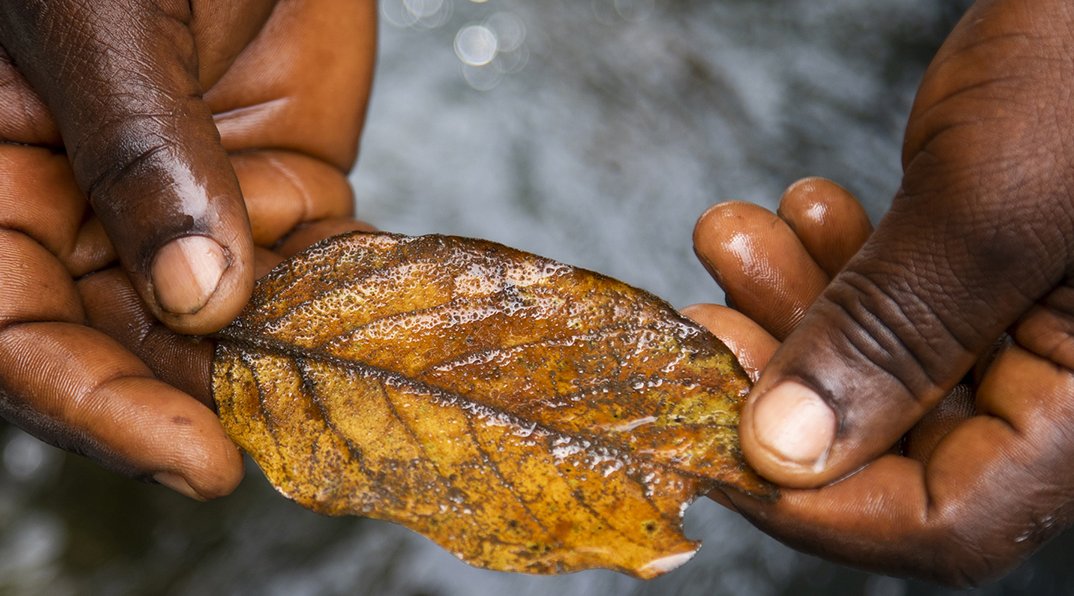What is River blindness?
River blindness (also known as onchocerciasis) is a disease that infects people in sub-Saharan Africa and some foci in Latin America and the Yemen. River blindness is caused by an infection from a parasitic worm transmitted by blackflies, which breed in fast-flowing streams and rivers.
The worms produce larvae that move to the skin, eyes and other organs. This can lead to debilitating itching, disfiguring skin conditions and sight loss (including irreversible blindness). With these conditions, river blindness has an enormous impact on the lives of those infected by reducing their ability to work and study in school.
Key stats
-
More than 99%
of infected people live in sub-Saharan Africa
-
More than 245 million
people are at risk of contracting river blindness
Countries implementing preventive chemotherapy for river blindness
People receiving preventive chemotherapy for river blindness
Since the London Declaration was signed in 2012 and partners committed to defeating neglected tropical diseases, the number of people receiving preventive chemotherapy for river blindness has increased.
Coalition partners
Global Onchocerciasis Network for Elimination (GONE) network
GONE will focus on strengthening communications, empowering countries and facilitating progress towards the 2030 Road map’s onchocerciasis elimination goals.
Mectizan Donation Program
Established in 1987, the Mectizan Donation Program (MDP) is the longest-running drug donation program for neglected tropical diseases (NTDs).
